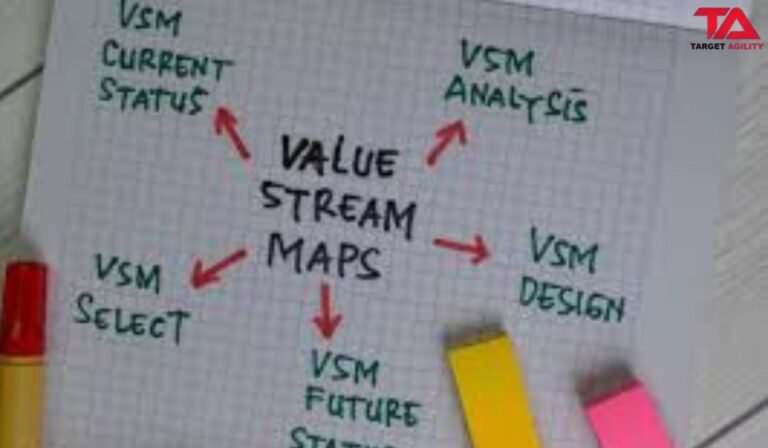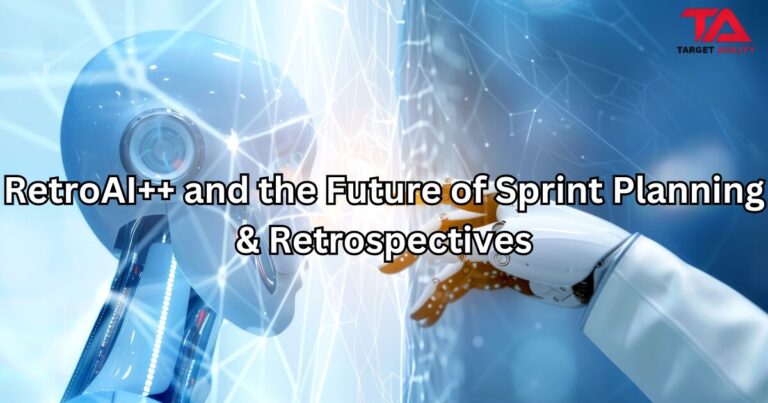In the fast-paced world of business, where going digital is a must for success, companies are using tools and techniques to make their processes smoother and better. One such helpful tool is called value stream mapping (VSM). It’s like a map that shows how things are done in a company, helping them move towards a digital way of doing things. This blog explains why value stream mapping is so important in the journey of going digital.
Understanding Value Stream Mapping
Value stream mapping is a way of looking at how things are done in a company. Originally used in manufacturing, it’s now widely used in different types of businesses. The main idea is to create a visual map of all the steps taken to make a product or provide a service. This map helps companies see where they are doing well and where they can do better.
The Digital Change
Because of new technologies, businesses have to change the way they work. They need to be faster, smarter, and more focused on what their customers want. Value stream mapping is like a key that helps open the door to this digital change. It shows where things are slow or not working well, making it easier for companies to decide what to improve and how to use new technology.
Finding Problems
One of the best things about value stream mapping is that it helps find problems in how things are done right now. By looking closely at each step in a process, companies can see where things are taking too long or where people are doing things that could be done by a machine. Finding these problems is the first step to making things better.
Following the Customer’s Journey
In the digital age, making customers happy is really important. Value stream mapping doesn’t just look at what happens inside a company; it also follows the journey of the customer. This helps companies see how every step in their process affects the customer’s experience. By making things better for the customer, companies can make sure they stay happy and keep coming back.
Working Together
Going digital is not something one person or one department can do alone. It needs everyone in the company to work together. Value stream mapping brings people from different parts of the company to work on improving things as a team. This teamwork is important to make sure that all the changes fit together and make the company better as a whole.
Deciding What to Do First
After finding problems and working together, the next step is deciding what to do first. This is where value stream mapping is really helpful. It helps companies decide which improvements will have the biggest impact. It might be using new technology or changing how a process works. Value stream mapping helps companies make smart choices.
Always Getting Better
Going digital is not a one-time thing; it’s a journey that never ends. Value stream mapping is like a guide that helps companies keep getting better. By regularly looking at the map and making changes, companies can stay quick on their feet, ready for anything that comes their way.
Avoiding Problems
Sometimes, going digital can have challenges and things might not go as planned. Value stream mapping helps companies see these challenges before they happen. This way, companies can be ready and make sure the changes happen smoothly.
Conclusion
In the world of going digital, where everything is connected, value stream mapping is like a friend that shows the way. It helps companies see where they can improve and where they are doing well. By using value stream mapping, companies can make smart choices, work together, and keep getting better. It’s not just a tool; it’s a guide for companies to succeed in the digital age.












